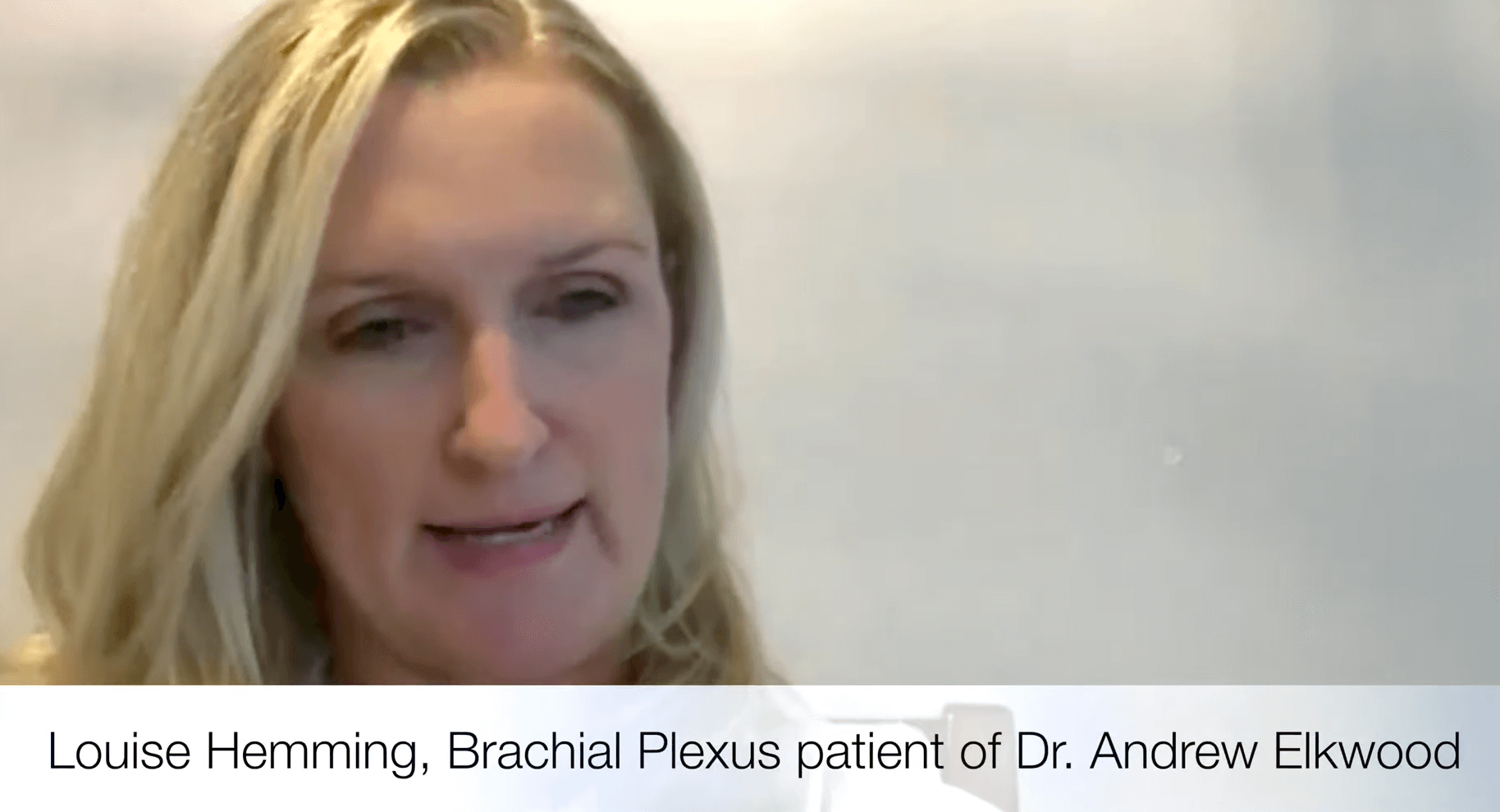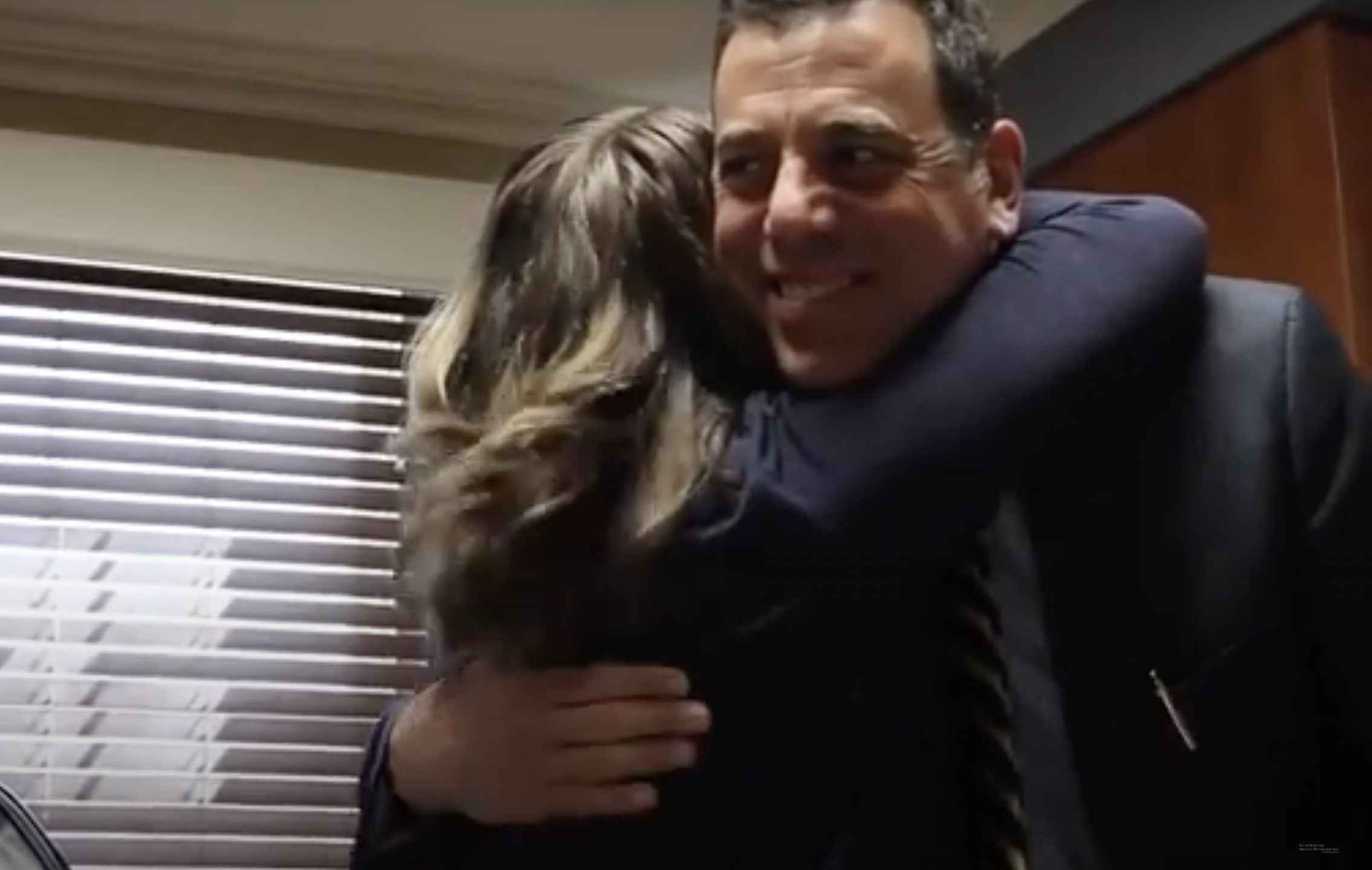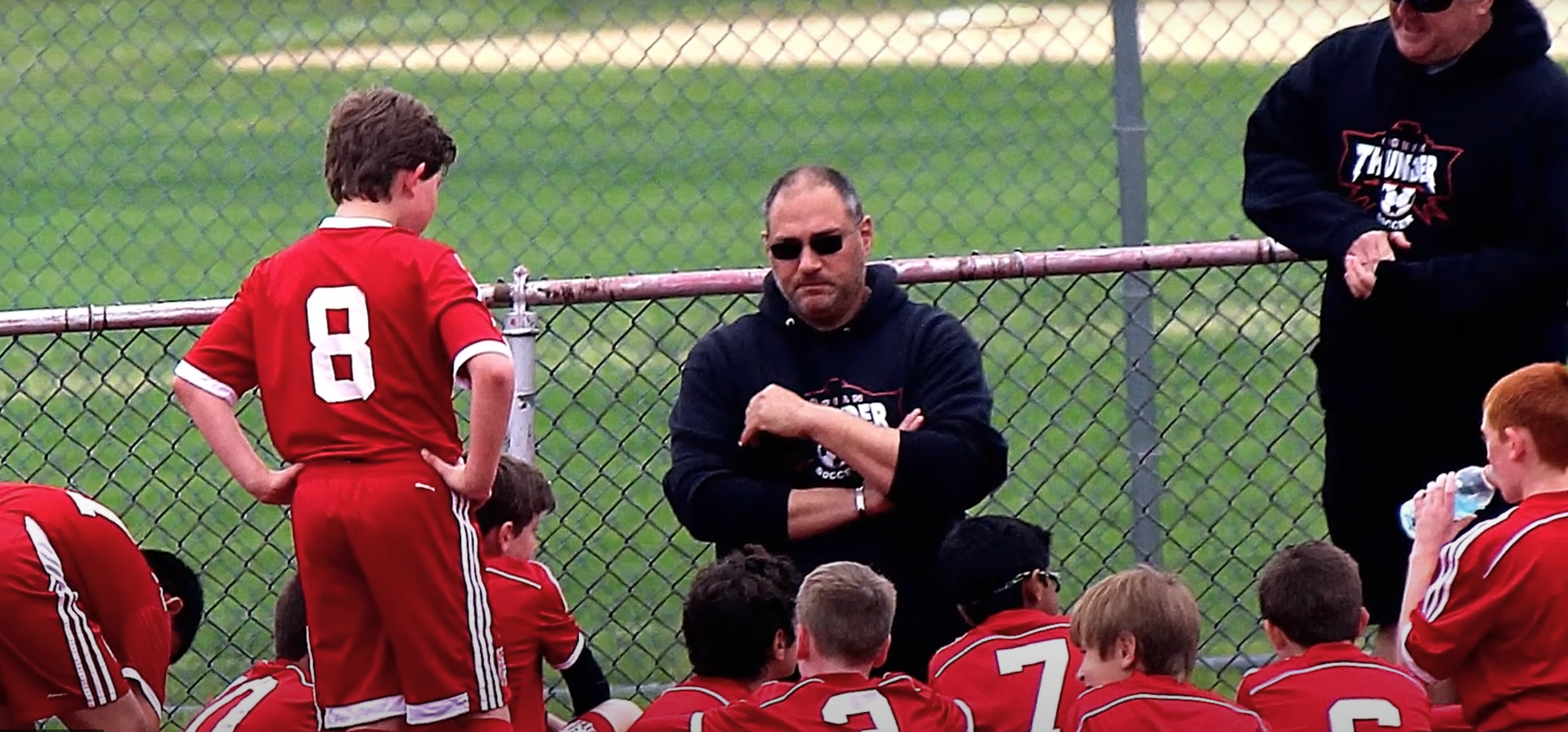Summarize This Article:
Summarize This Article:

We recognize February 14th not only as Valentine’s Day but as National Donor Day. This is a great time to think about all types of donation- organ, eye, tissue, blood, and marrow- by participating in blood/marrow drives or donor registration events. It is also a day to recognize loved ones who have given the gift of donation, has received a donation, are currently waiting, or did not receive an organ in time.
There are many ways to be a donor and offer hope to others.
Deceased donation is the process of giving an organ (or a part of an organ), eye, or tissue at the time of the donor’s death to another person in need. At the end of one life, another can be saved.
Living donation offers another choice to transplant candidates. Living organ donation and transplantation was developed in response to the critical shortage of deceased donors.
Vascularized Composite Allografts (VCAs) involve the transplantation of multiple structures that may include skin, bone, muscles, blood vessels, nerves, and connective tissue. The most commonly known type of VCAs is for hand and face transplants.
Learn more about the different types of donations here.
At the Institute for Advanced Reconstruction, our surgeons are experienced in the field of nerve reconstruction. In many cases, nerve reconstruction may require the use of a nerve graft, a portion of an unrelated nerve used to replace an injured portion of a nerve. Most frequently, an Autograft is used, a tissue graft from one part of the patient’s body to another. In cases where a patient does not have sufficient nerves available for a grafting procedure, surgeons may choose to use an allograft. An allograft is a tissue graft from another living person or cadaver.
As with organ transplants, living nerve allografts require the use of immunosuppressants in order to help prevent the recipient’s body from recognizing and attacking the foreign organ or tissue. Clinical success with nerve allografts has paralleled the development of modern immunosuppressive regimens. Tacrolimus (an immunosuppressant) has been established to not only prevent nerve graft rejection but actually accelerate nerve regeneration following surgery as well. Clinical researchers, including Dr. Eric Wimmers and Dr. Zuhaib Ibrahim, continue to explore how to improve outcomes for nerve repair and regeneration1.
Dr. Andrew Elkwood et al. shared their successful outcomes with nerve allografting for restoring function to the upper extremity in a case series published in the Journal of Spinal Cord Injury. Its conclusion states, “It appears that nerve allograft transplantation may be performed safely, permitting non-prioritized repair of long-segment peripheral nerve defects and maximizing the number of axonal conduits per nerve repair. For patients with long, multi-level brachial plexus injuries or combined upper and lower extremity nerve deficits, the use of nerve allograft allows a more complete repair that may translate into greater functional restoration than autografting alone.” The complete manuscript can be found here2.
Although not everyone may be a candidate to donate nerves, we implore you to register to be the type of donor that is most suitable for your lifestyle. 95% of Americans are in favor of being a donor, but only 54% are registered3– help us bridge the gap this Valentine’s day, and all year long!
Resources:
1. Cooney, D. S. et al. Mesenchymal Stem Cells Enhance Nerve Regeneration in a Rat Sciatic Nerve Repair and Hindlimb Transplant Model. Sci. Rep. 6, 31306; doi: 10.1038/srep31306 (2016).
2. Elkwood A, Holland N, Patel T, et al. Nerve allograft transplantation for functional restoration of the upper extremity: case series. Journal Of Spinal Cord Medicine. March 2011;34(2):241-247.
3. Things You Can Do. Donate Life America website https://www.donatelife.net/things-you-can-do/. Updated 2018. Accessed February 1, 2018.




